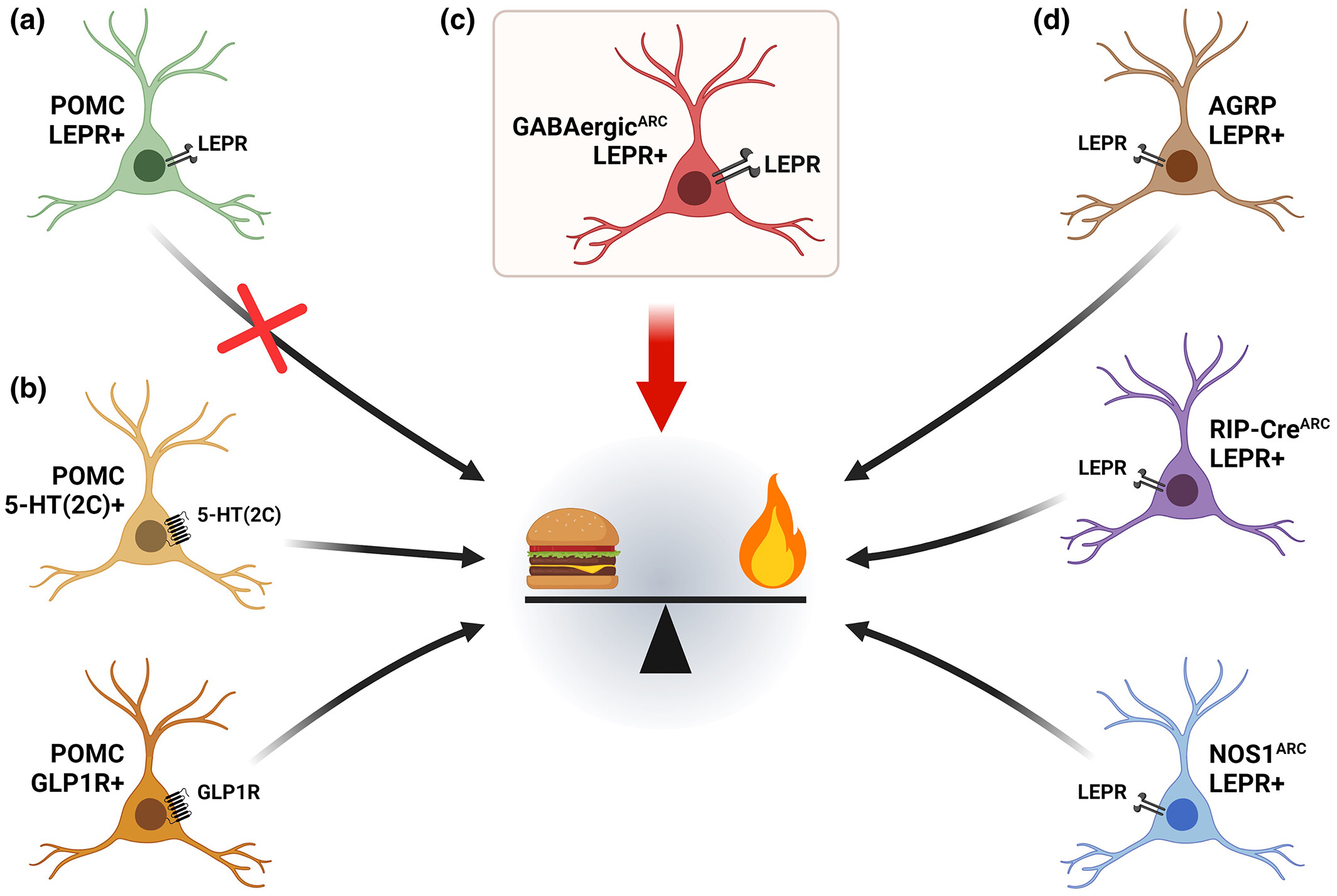10 Surprising Scientific Facts Behind Why We Get 'Hangry'
2. Leptin: The Satiety Signal

In contrast to ghrelin, leptin is a hormone that signals satiety, helping to regulate energy balance by inhibiting hunger. Produced by adipose (fat) tissues, leptin communicates with the brain to convey the body's energy reserves, thus reducing appetite when energy stores are sufficient. However, in conditions such as obesity, leptin resistance can occur, where the brain no longer responds effectively to leptin signals, leading to continued eating despite adequate energy reserves. This phenomenon highlights a critical aspect of hunger regulation, where hormonal imbalances can contribute to overeating and weight gain. The interplay between leptin and ghrelin is a delicate balance that maintains homeostasis. Disruptions in this balance can result in irritable hunger, where the body's signals for hunger and satiety are misaligned. Understanding leptin's role provides insight into the physiological mechanisms that can exacerbate feelings of hunger.